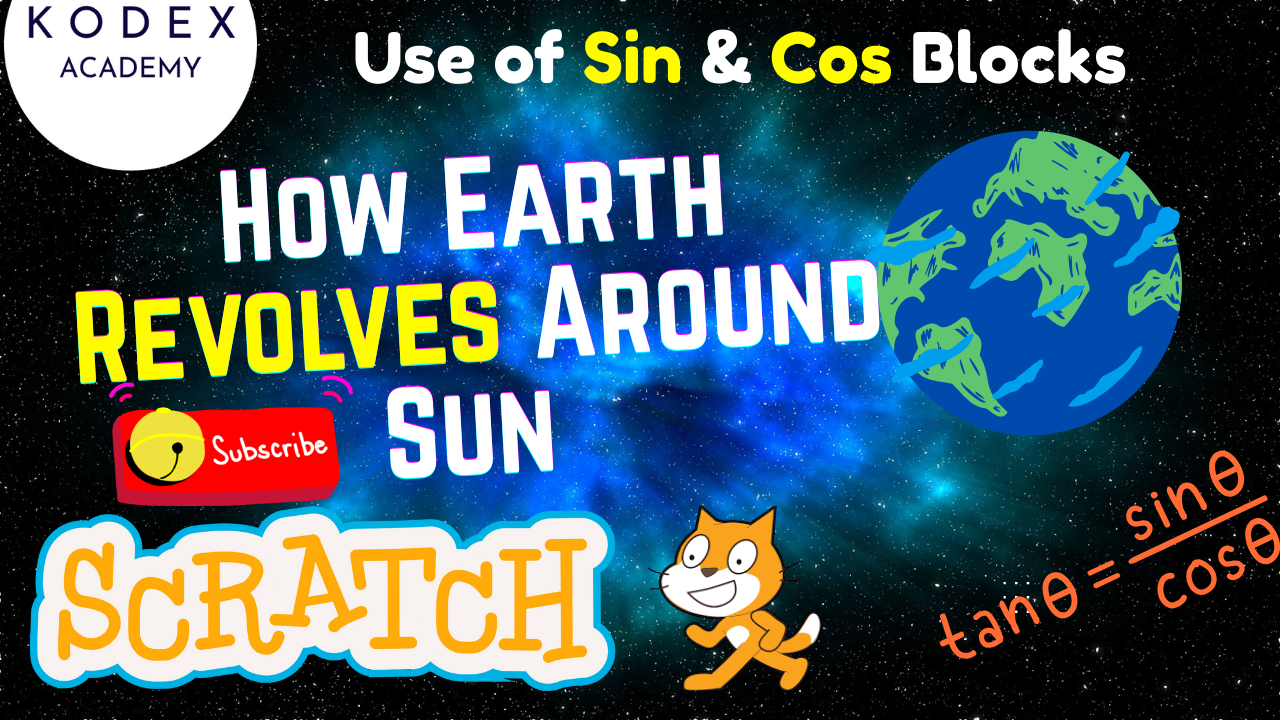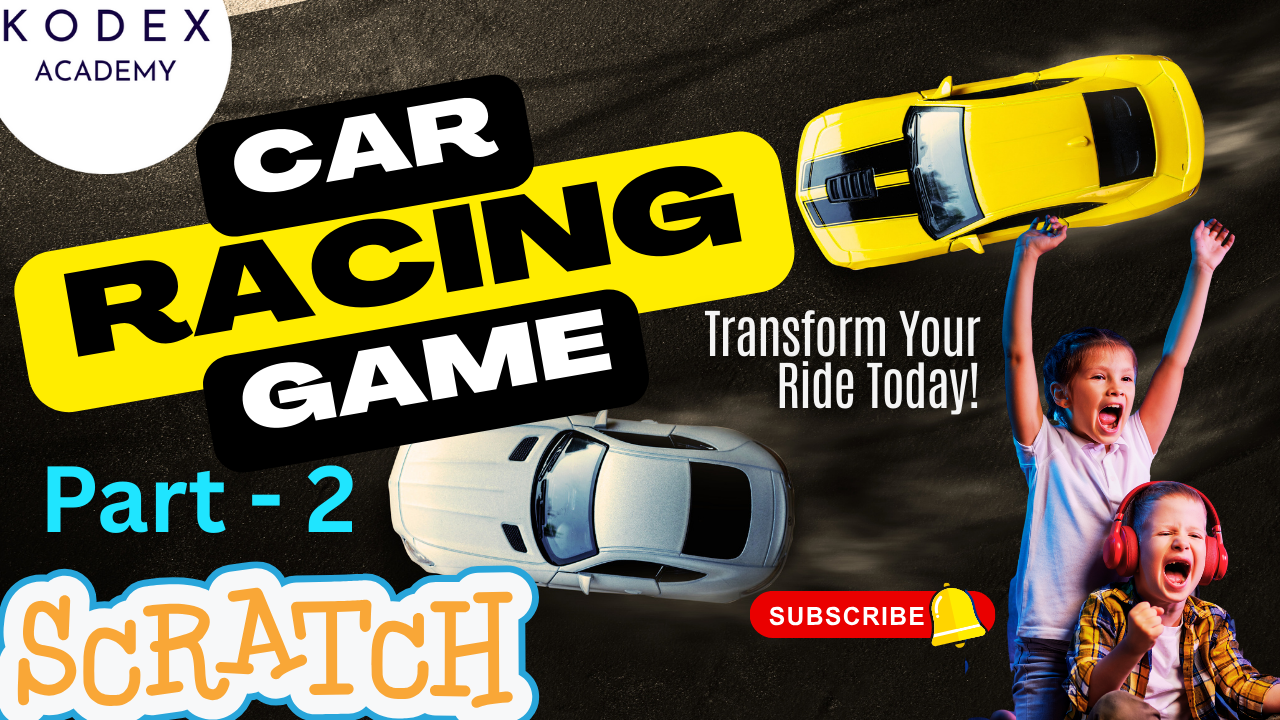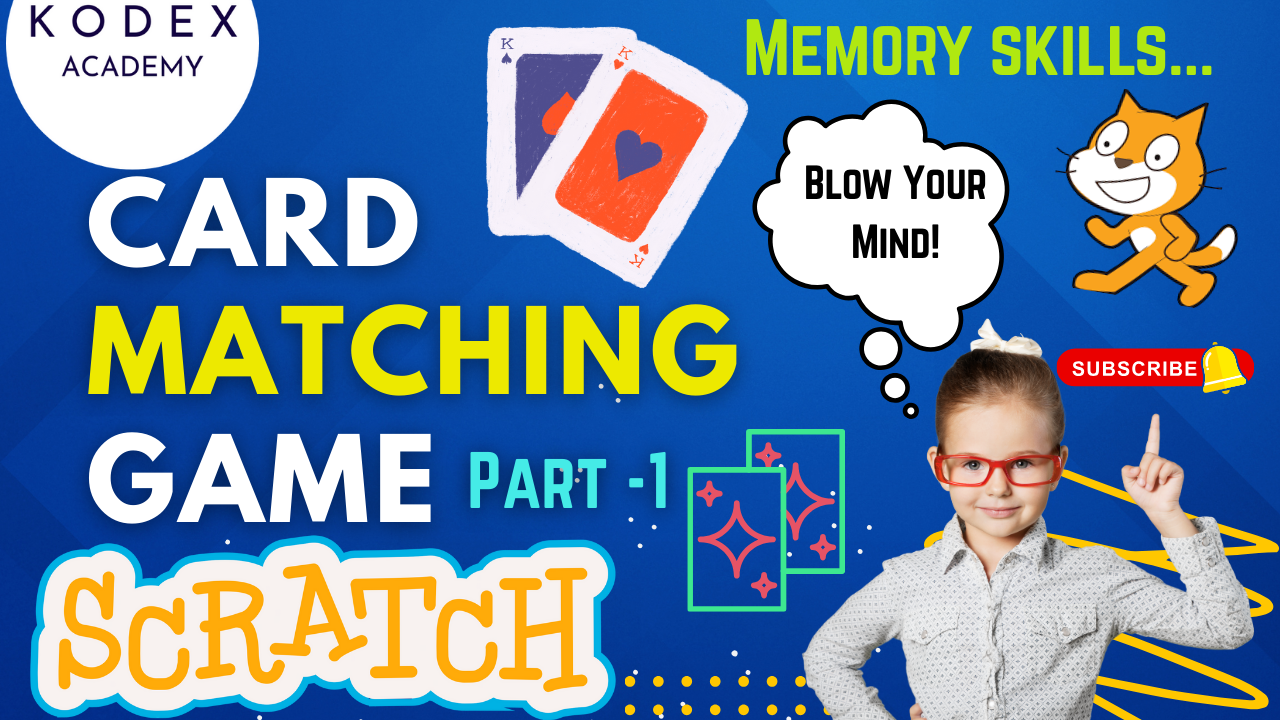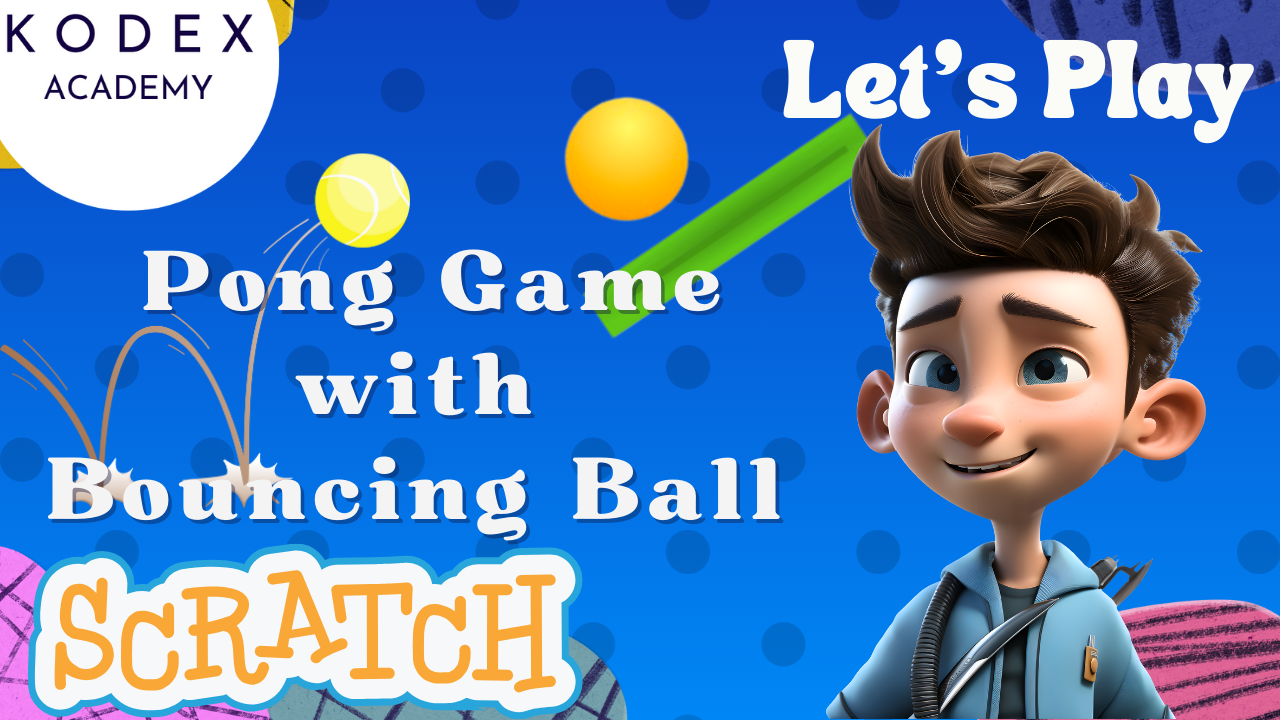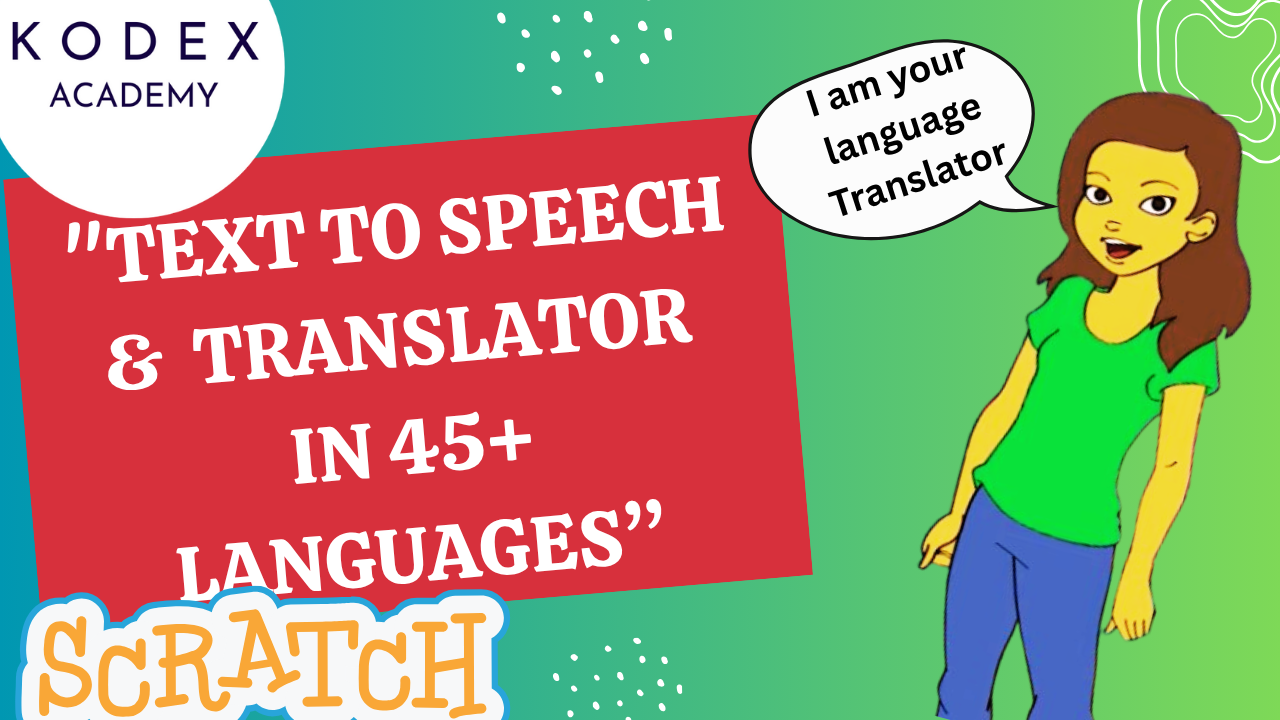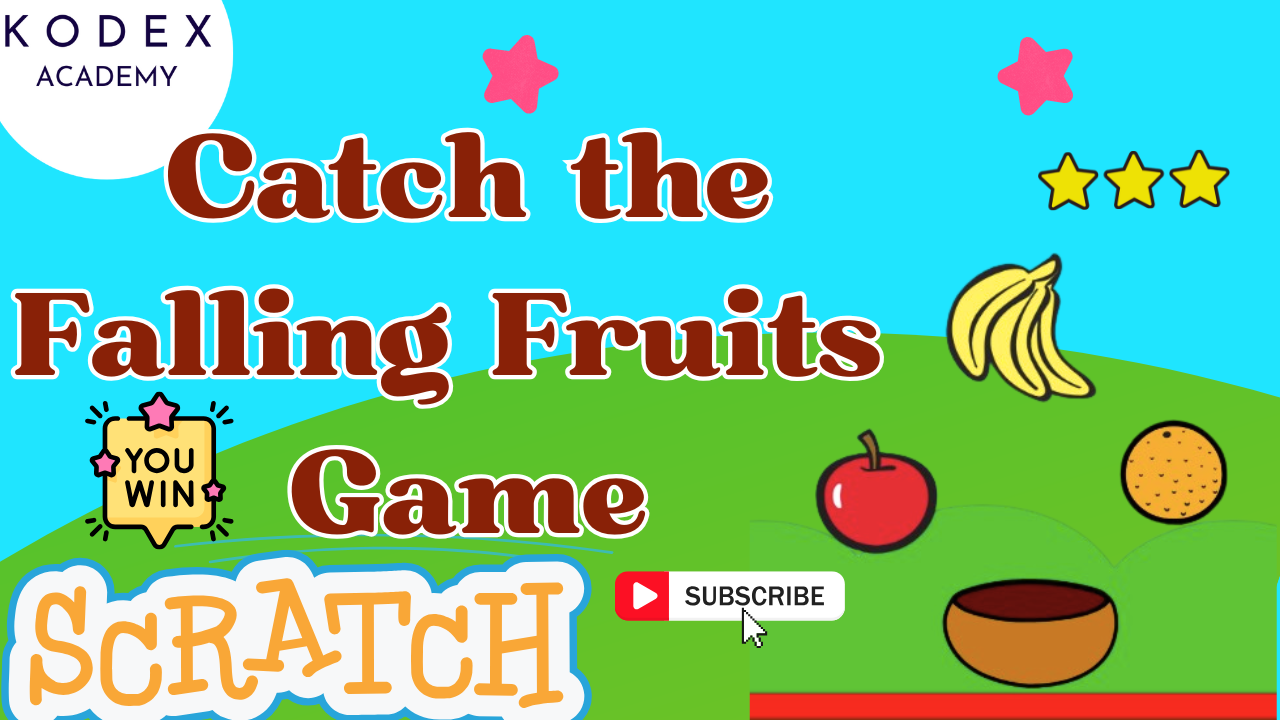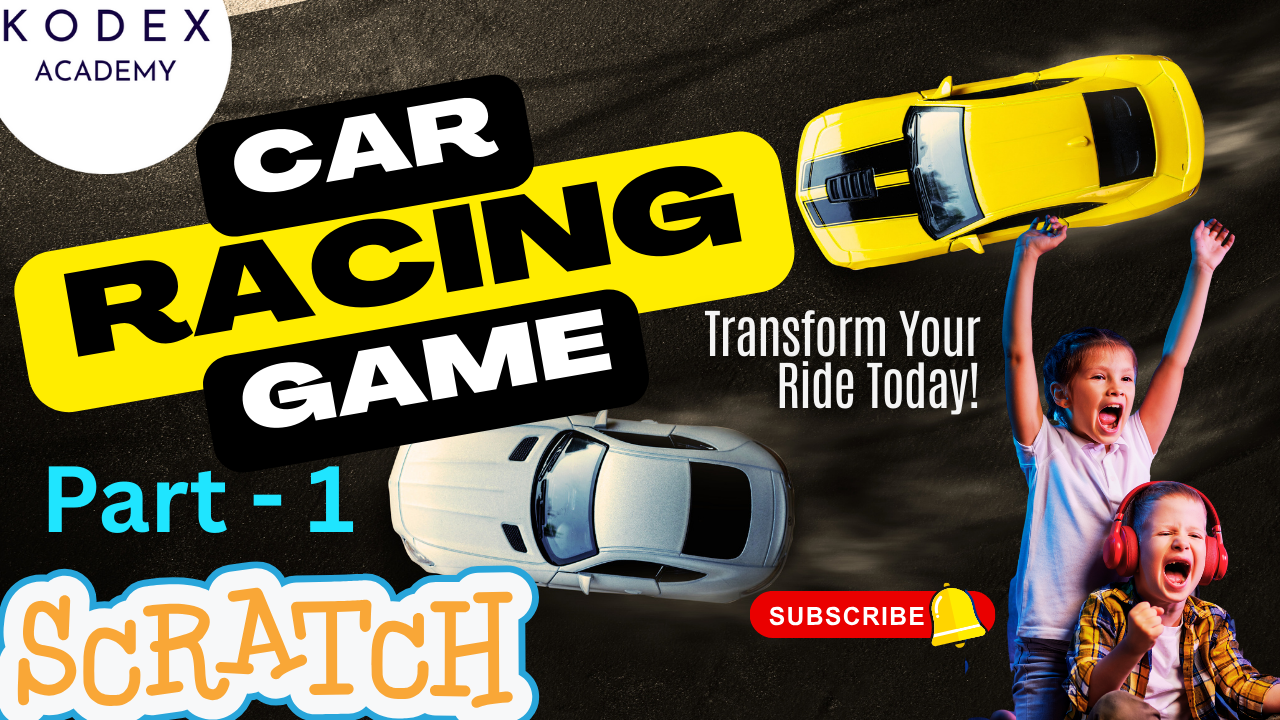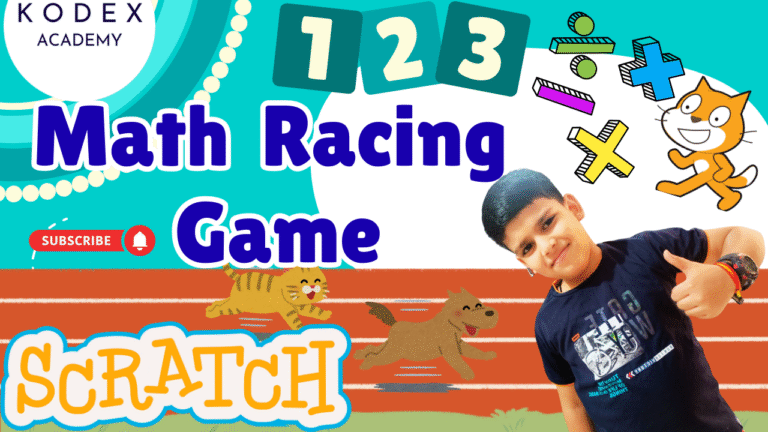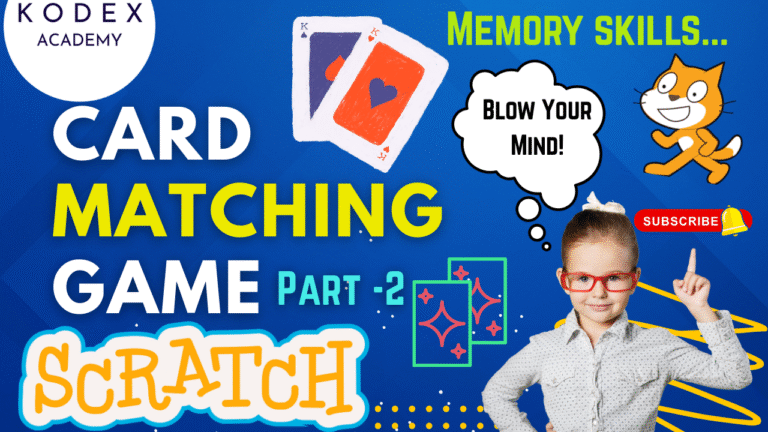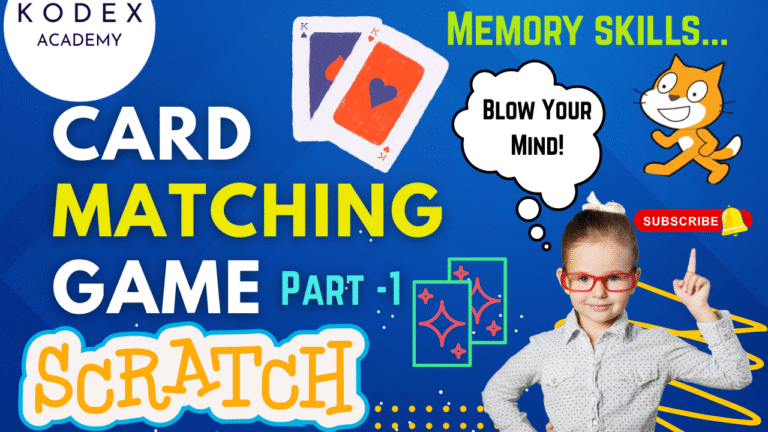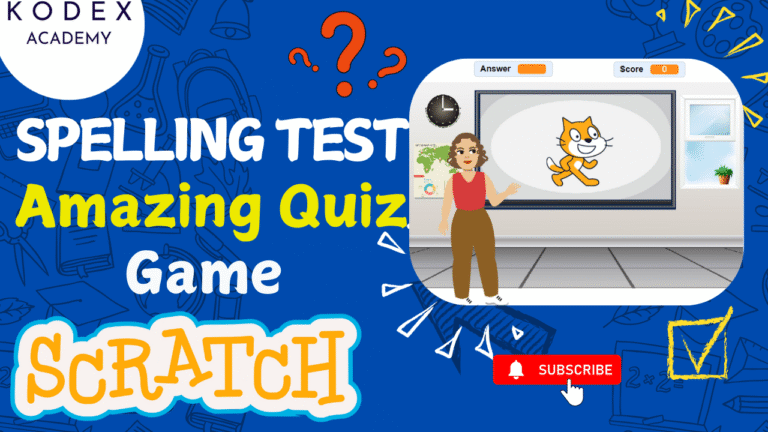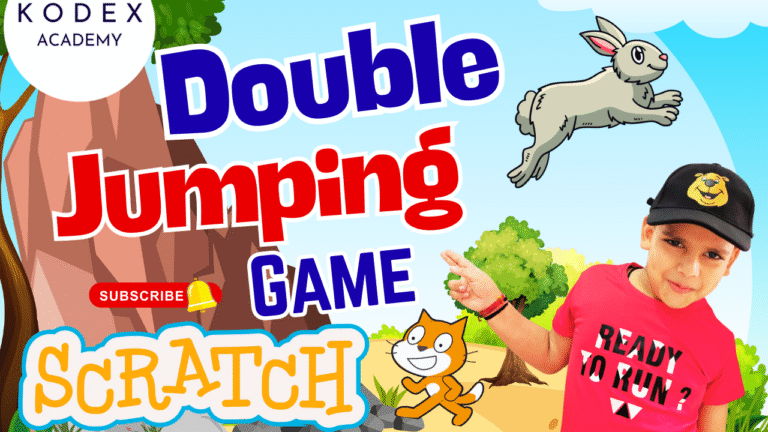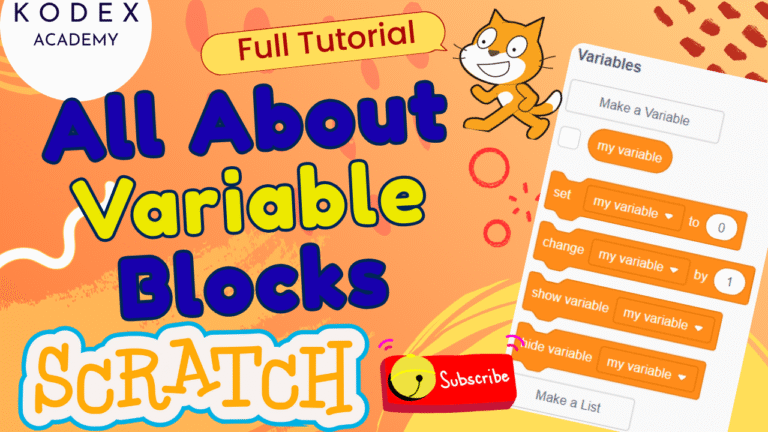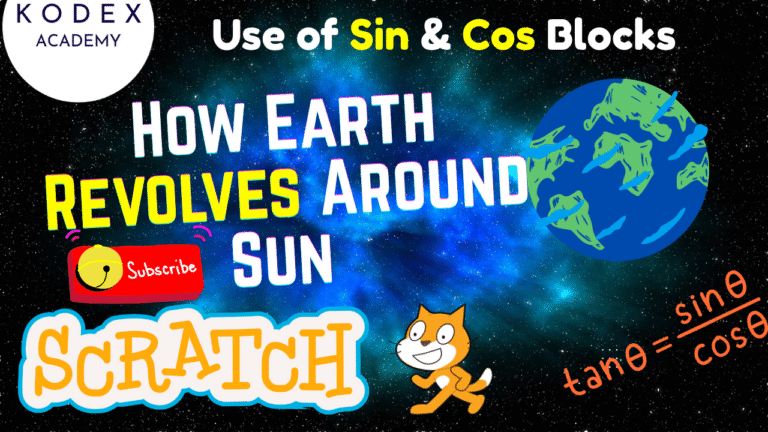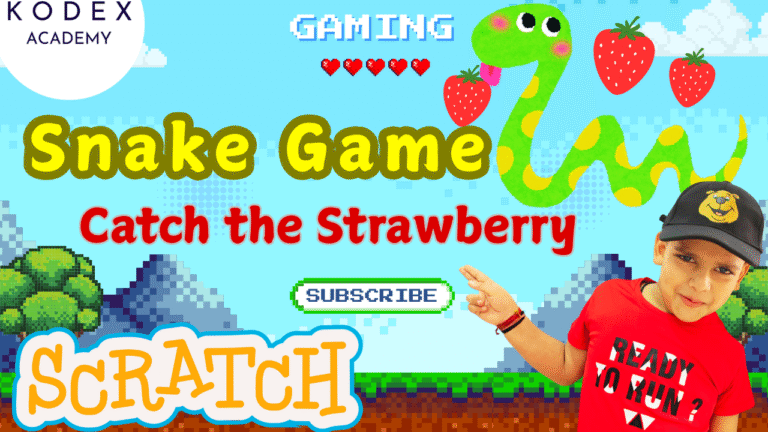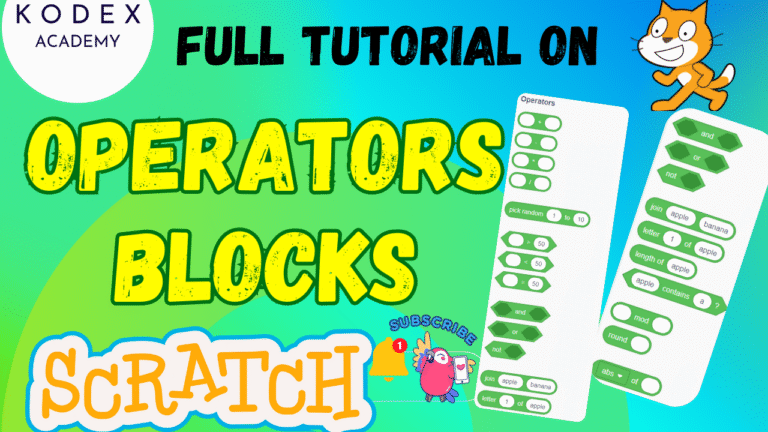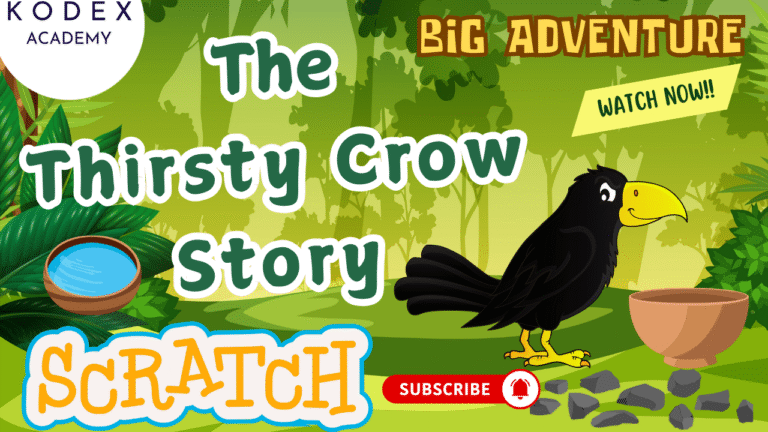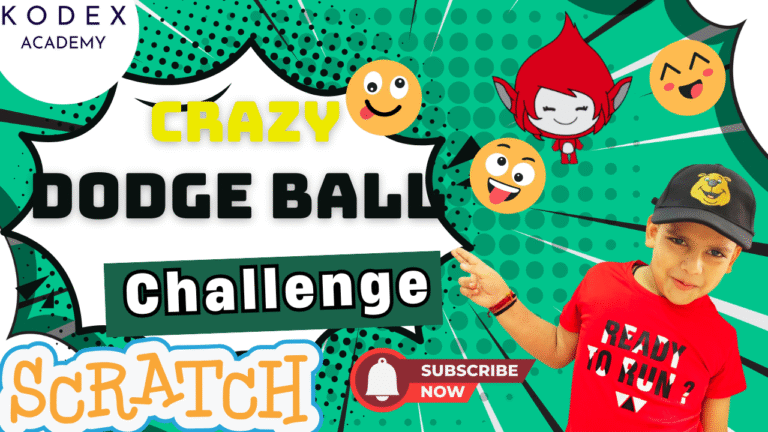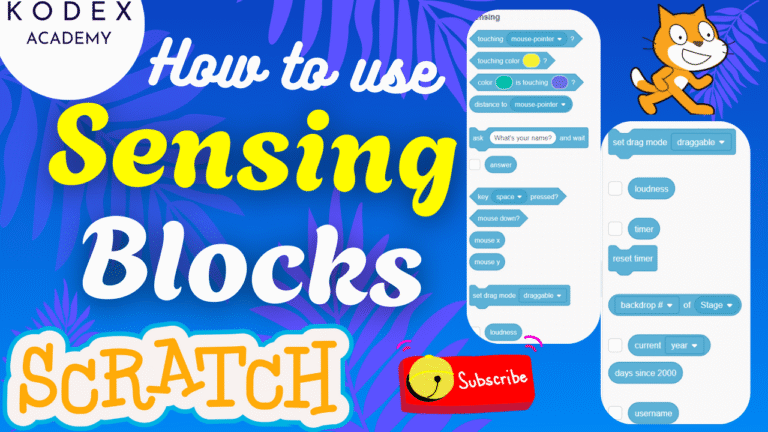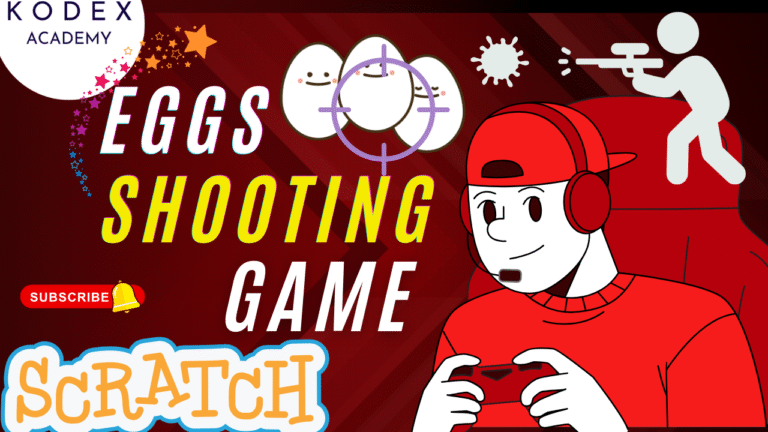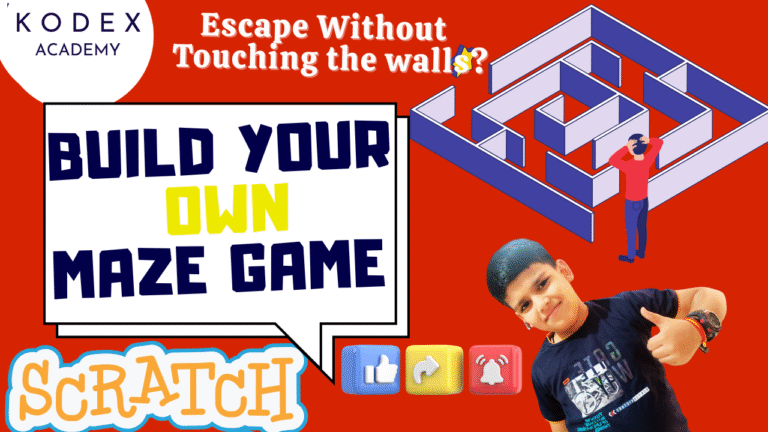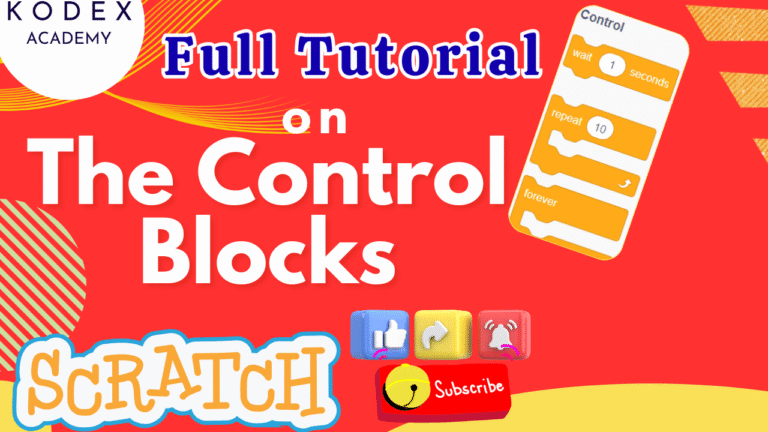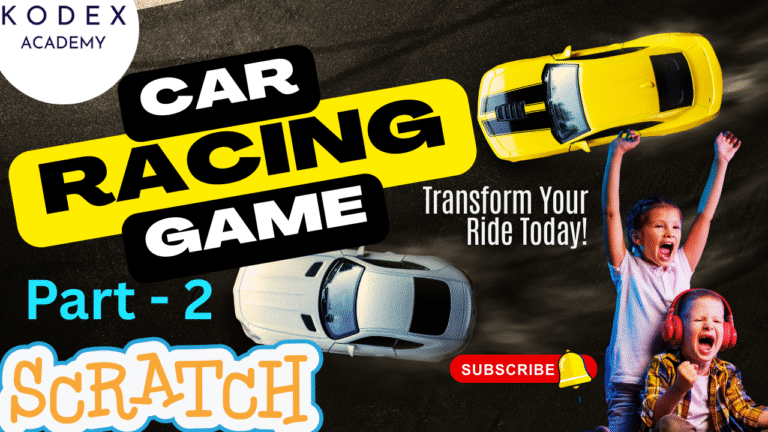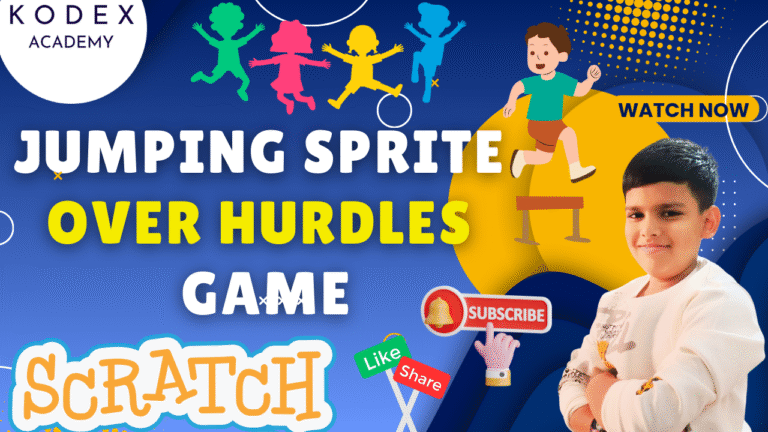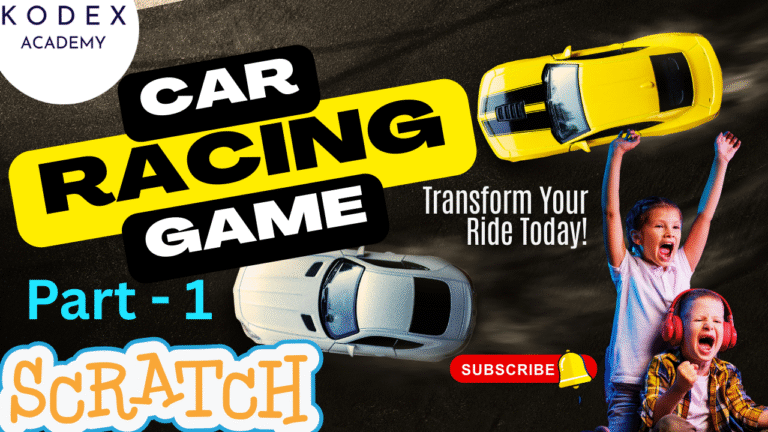In today’s digital age, coding has become one of the most valuable skills to have. From creating websites to building games, coding opens up a world of creativity and opportunities. For children, learning to code early on can be both a fun and educational experience. One of the best ways to introduce kids to programming is through block programming, a method that simplifies coding concepts using visual blocks instead of writing complicated lines of code.
What is Block Programming?
Block programming, also known as visual programming, is a method of teaching coding through graphical blocks that represent programming concepts. These blocks are like puzzle pieces, which can be dragged and dropped to create a program. Each block represents a specific function or action, such as moving a character or controlling a robot. By arranging these blocks in a certain order, kids can create programs without the need to write actual code.
Popular block programming platforms include Scratch, Blockly, and Tynker, all of which use this approach to make coding accessible to younger audiences. These platforms provide intuitive interfaces that allow kids to create animations, games, and even simple apps by simply connecting blocks.
Benefits and Advantages of Learning Block Programming
1. Easy to Understand and Use
Block programming’s primary benefit is its simplicity. Kids don’t need to memorize complex syntax or worry about coding errors like missing semicolons or parentheses. By using visual blocks, children can focus on understanding basic programming concepts such as loops, conditions, and variables, without getting overwhelmed by the technicalities of text-based coding.
2. Encourages Logical Thinking and Problem-Solving Skills
Block programming teaches kids how to break down problems and solve them step by step. As they connect blocks to create a program, they learn how to structure their thoughts logically, which is a valuable skill in many areas of life. By experimenting with different blocks and seeing how the program behaves, kids also improve their ability to troubleshoot and debug.
3. Fosters Creativity and Innovation
When kids learn block programming, they’re not just following instructions—they’re creating something from scratch. Whether it’s designing a game, making an interactive story, or building a simple animation, the possibilities are endless. This creative freedom boosts their imagination and helps them develop new ways to approach challenges.
4. Builds Confidence and Provides Instant Gratification
Block programming is a highly interactive experience. Kids can instantly see the results of their work by running the program right after they create it. This immediate feedback helps them understand what works and what doesn’t, allowing them to make changes and see the effects right away. This process of trial and error helps build confidence as they see their creations come to life.
5. Prepares for Text-Based Programming
Although block programming is an introduction to coding, it also lays the groundwork for transitioning to more advanced, text-based programming languages. Many of the concepts learned through block programming—such as loops, functions, and conditions—are applicable to languages like Python, JavaScript, and Java. Once kids are comfortable with block programming, they can easily move on to text-based programming when they’re ready for more complexity.
Different Approaches to Block Programming
There are several platforms and methods for teaching kids block programming, each with its unique approach and features. Here are some of the most popular ones:
1. Scratch
Developed by MIT Media Lab, Scratch is perhaps the most well-known and widely used block programming language for kids. It uses a simple drag-and-drop interface where kids can create interactive stories, games, and animations. Scratch is perfect for beginners because it allows them to start small, experimenting with basic blocks, and gradually build up to more complex projects.
2. Blockly
Blockly is another visual programming language that uses blocks similar to Scratch. It was created by Google and is often used in educational platforms and games. One of Blockly’s standout features is its ability to export programs to actual text-based code, such as JavaScript or Python. This makes it an ideal transition tool for kids who are ready to learn more advanced programming languages.
3. Tynker
Tynker offers a wide range of online courses and activities that teach kids coding through block programming. It has a more structured curriculum compared to Scratch and Blockly, which is great for children who prefer a more guided approach. Tynker offers both free and paid content, covering everything from simple coding concepts to advanced game development.
4. Code.org
Code.org is a non-profit organization dedicated to teaching kids how to code. It provides a variety of block-based programming tutorials and courses, including interactive coding games. Code.org’s “Hour of Code” initiative is particularly popular, offering fun, one-hour tutorials for beginners that introduce them to the basics of coding in a fun and engaging way.
5. Alice
Alice is a 3D programming environment that uses block programming to teach kids how to create animations and interactive stories. It’s a bit more advanced than Scratch but offers a unique way of learning programming by focusing on the creation of 3D worlds. Alice helps children understand object-oriented programming concepts while having fun making their own digital creations.
How to Get Started with Block Programming?
If you’re considering introducing your child to block programming, here are some steps to get started:
- Choose the Right Platform: Based on your child’s age and interest, pick a block programming platform that suits them best. If they’re just starting out, Scratch is a great choice, while Blockly and Tynker might be better for older kids. Additionally, Kodex Academy offers a well-structured block programming course that is designed specifically for children. This course provides an engaging curriculum that gradually introduces kids to programming concepts in a fun and interactive way.
- Start with Simple Projects: Begin with small, achievable projects like creating a simple animation or game. This will help your child get comfortable with the platform and understand how the blocks work. Kodex Academy’s course includes project-based learning, allowing kids to work on real projects right from the start.
- Encourage Experimentation: Let your child explore and experiment with different blocks and ideas. Encourage them to try out new things, even if it doesn’t work perfectly at first. This will help them build confidence and problem-solving skills. Kodex Academy’s course encourages this type of experimentation, offering step-by-step instructions while allowing kids to be creative and make their projects their own.
- Engage in Group Learning: Many block programming platforms have online communities where kids can share their projects and collaborate with others. This can help inspire them and motivate them to keep learning. Kodex Academy also offers a supportive community where learners can collaborate, share their work, and gain feedback from peers and instructors.
Conclusion
Block programming is an excellent introduction to coding for kids. It simplifies the process of learning programming by using visual blocks instead of complex code, making it fun and engaging. By learning block programming, kids not only gain valuable technical skills but also improve their logical thinking, creativity, and problem-solving abilities. The best part is that they can easily transition to text-based programming when they’re ready, making block programming a perfect stepping stone to more advanced coding.
So, whether your child dreams of becoming a game developer, an animator, or just wants to have fun learning a new skill, block programming is a fantastic way to start their coding journey!
Call to Action
- Visit kodexacademy.com
- subscribe to the Kodex Academy YouTube channel for deeper Scratch content.
Happy coding with Kodex Academy! 🚀
Learn More with Kodex Academy
At Kodex Academy, we’re passionate about helping students learn coding in creative ways. This project teaches more than Scratch—it empowers young minds to build tools that work in the real world.
Explore more:
Stay updated with new content, free tutorials, and coding challenges!
- 🌐 Website: https://kodexacademy.com
- 🌐 Website: https://games.kodexacademy.com
- 💬 WhatsApp Channel: Join Now
- 💼 LinkedIn: Kodex Academy
- 📸 Instagram: @kodex_academy
- 𝕏 Twitter: @Kodex_Academy
- 📢 Telegram: Join Our Channel
- 🔗 Patreon: patreon.com/KodexAcademy
Further Reading & Links
- Scratch Wiki Motion Blocks: https://en.scratch-wiki.info/wiki/Motion_Blocks
- Scratch Programming for Beginners: https://scratch.mit.edu/projects/editor
- Scratch Animation Guide: https://en.scratch-wiki.info/wiki/Animating



